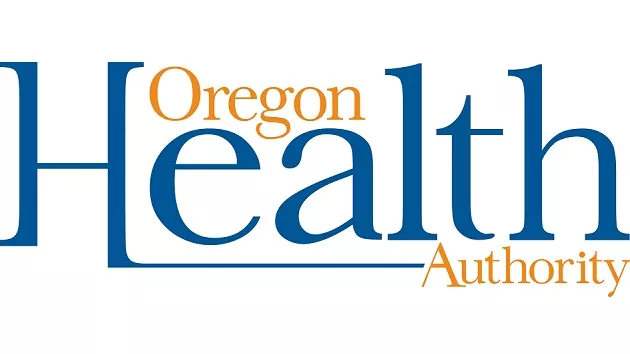The Oregon Department of Education released the At-A-Glance School and District Profiles for the 2023-24 school year.
Highlights from the 2023-24 school year data included:
- The percentage of 9th Graders On-Track to graduate from high school increased to 84.8%. This is 1.2% higher than the 2022-23 school year and the second highest rate ever recorded.
- The percentage of students who were regular attenders increased to 65.7%, which is 3.8% higher than 2022-23. This jump included a 6.7% increase for elementary school (K-5) students.
“From talking with families across the state, I know that dedicated, focused educators can change students’ lives and keep them on track to graduate. Our job at the state is to learn from them about what works on the ground and support their efforts,” Governor Tina Kotek said. “At-A-Glance School and District Profiles help us do that by giving us a window into how our schools and districts are doing, and how the best performers get the best outcomes. Together, we can build towards an Oregon where every student can thrive.”
“A rise in 9th Grade On-Track and regular attendance are good signs, but we still have a long way to go to meet the needs of Oregon’s scholars. We must continue our focus on maintaining high expectations, providing opportunities for our students to succeed, and supporting our schools and educators,” ODE Director Dr. Charlene Williams said. “Several targeted efforts are underway to support students including the statewide investment and commitment to early literacy best practices. As funding and supports from the Early Literacy Success Initiative become embedded in schools, we will begin to see a significant payoff for Oregon’s scholars.”
The At-A-Glance School and District Profiles contain previously released assessment data for last school year, previously released graduation data for the class of 2023 and some new data for the 2023-24 school year, including a revised definition of students experiencing poverty, class sizes, a small adjustment to college-going rates, school and district staffing information, and individual school and district goals and programs. The profiles are designed to provide school-and district-level information about how schools are serving students, in a straightforward and comprehensive way.
ODE consulted school districts where student focal groups experienced substantial growth in the 9th Grade On-Track and attendance metrics. ODE uses this qualitative data to inform decision making and drive progress across the entire state, building from strengths and best practices within schools and districts. School districts shared several factors that may explain their success:
- Creating warm, welcoming environments for all students where they feel seen, heard, and that they belong; supporting student agency by leveraging opportunities to ask students about their needs and changing systems to meet those needs.
- Establishing educator teams who regularly review student performance and attendance data and support individual students and families in real time. These teams include administrators, counselors, and certified and classified staff.
- Leveraging attendance monitors and family liaisons to check in on students in their homes, provide one-on-one support, and build more trusting, communicative relationships with families.
- Celebrating and incentivizing success with students and families for improved attendance and credits earned, as well as discussing these data with school boards more frequently (e.g., on a monthly basis).
- Expanding opportunities to learn, like after-school and summer programs and tutoring.
- Providing a variety of programs that are relevant to every student’s life. The effect is especially strong when schools provide robust Career and Technical Education programs and project based learning.
- Setting students up for success as early learners in Elementary and Middle School.
ODE will continue programs designed to improve attendance, such as Every Day Matters and the Tribal Attendance Promising Practices, and continue supporting high school students and educators with programs like High School Success, to support improved student performance, including continued and increased investment in early literacy, support for summer and afterschool learning, refining data and policy practices and developing an accountability framework.






